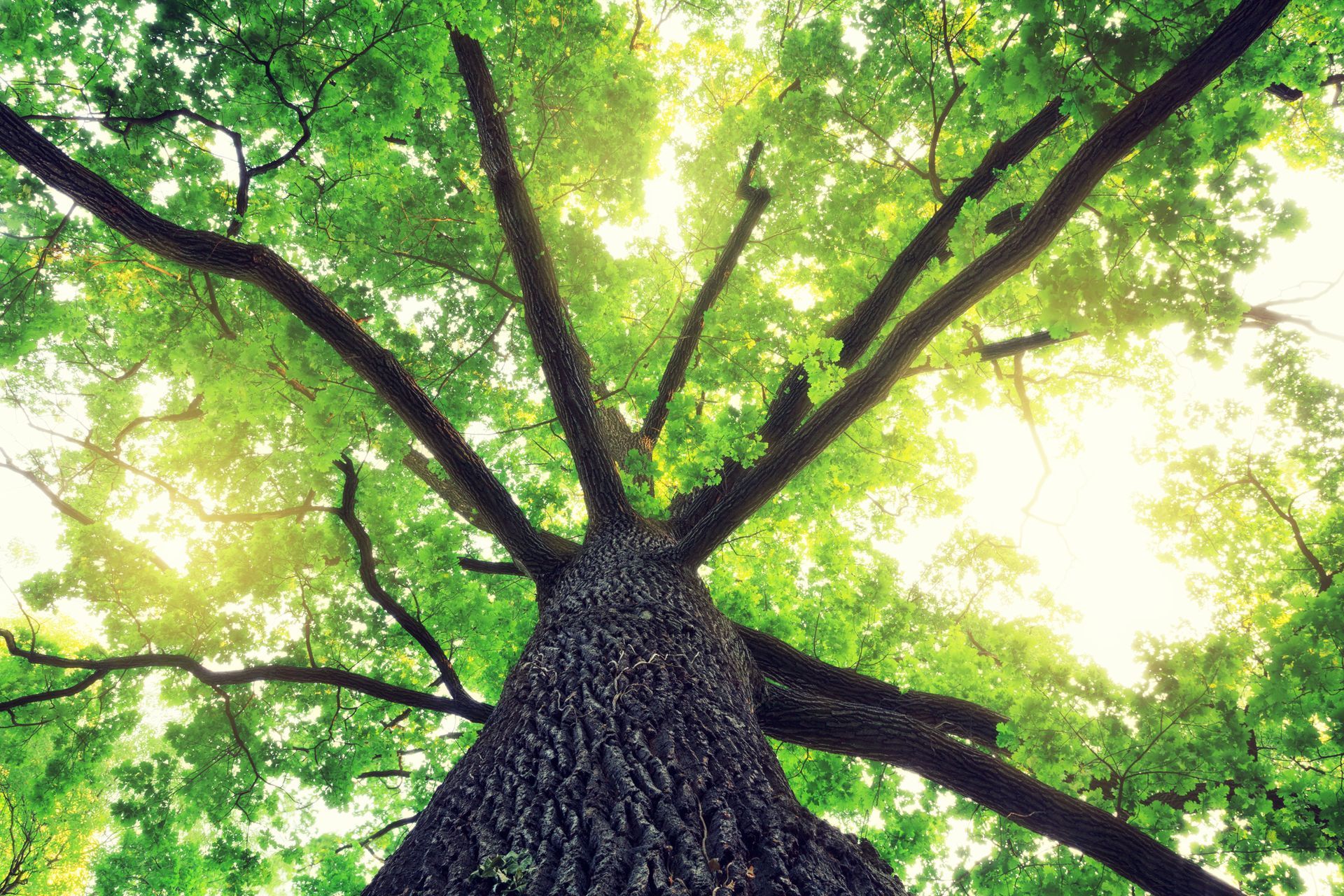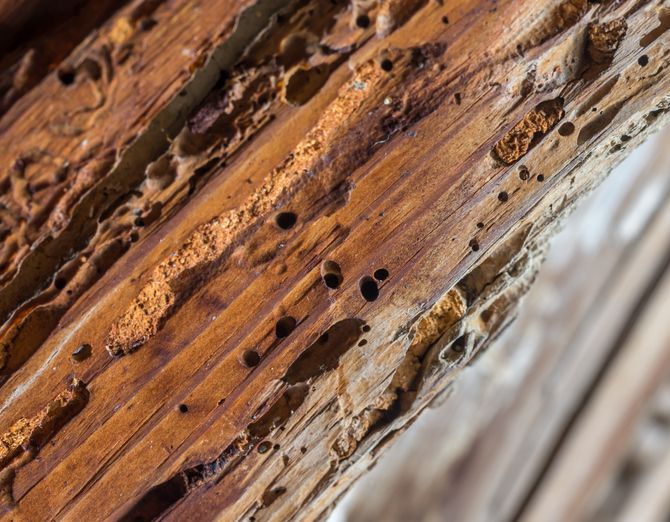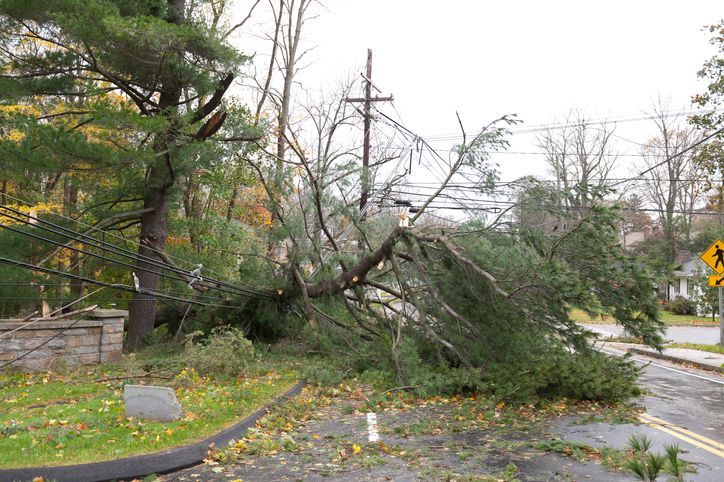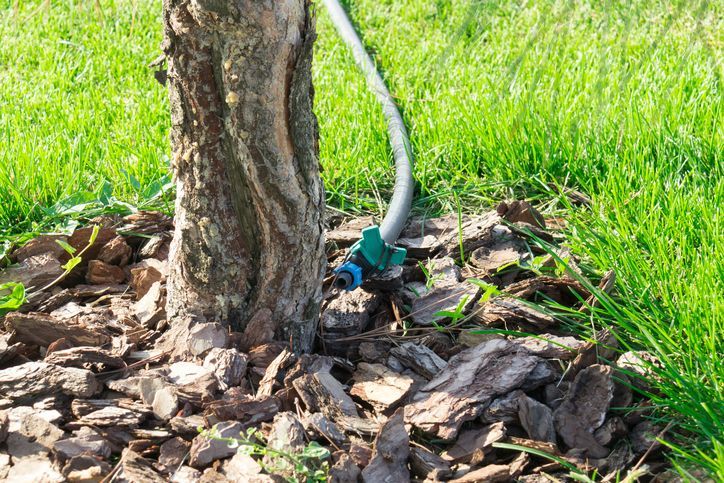How Can I Tell if Insects are Killing My Tree?
For homeowners, a lush and thriving tree can be the pride and joy of the yard, a natural frame to a picture-perfect landscape. However, many trees are silently under siege from insect invaders that can weaken, defoliate, or even kill them. The key to protecting your sylvan friends is understanding the signals they are in trouble and what you can do to safeguard them.
In this comprehensive guide, we'll explore how to decode the messages your trees are sending, particularly in Pennsylvania, known for its diverse array of tree species and the insects that call them home. By the end, you'll be equipped with the knowledge to stop potential tree disasters and maintain a healthy arboreal environment around your home.
Reading the Signs of an Insect Invasion
Early detection of insect infestation can spell the difference between saving and losing your tree. Here's how to become a bug detective in your garden:
Damage to the Foliage
If you notice that your tree's yellow, red, or brown leaves don't coincide with the typical fall foliage period, an insect might be at work.
Understanding the patterns can give you a clue. For instance, the eastern tent caterpillar, prevalent in Pennsylvania, forms silk tents in the crotches of trees, defoliating from a web constructed there.
You may also notice small holes or hagged edges on the leaves, which could indicate an issue with beetles, insect larvae, or a weevil. Mites can cause your leaves to look yellow, dry, and stippled. If you have a problem with aphids, you will likely notice that the foliage is puckered or distorted.
Visible Bugs or Larvae
Sometimes, the insects responsible for tree damage are visible to the naked eye. The Emerald Ash Borer, notorious for destroying ash trees in the state, leaves a telltale D-shaped exit hole. Gypsy moth larvae are visible and can consume leaves voraciously, leaving trees susceptible to other stressors.
Oozing Canals and Weeping Trees
When certain borers, like the bronze birch borer, tunnel under the bark, they cause a tree to "bleed" or weep from the resulting damage. Not only is this a sign of their presence, but it also can pave the way for diseases to enter the tree.
Abundance of Invasive Species
When a tree is overwhelmed by an invasive pest, it may succumb rapidly. The Spotted Lanternfly is an invasive species that poses a grave threat to Pennsylvania's forests, crops, and native plants.
Holes in the Tree Bark
If you notice, bark holes and sawdust indicate that insects are devouring your tree. Wood-boring insects are the common culprit. Once they bore into the tree, they will exit from the hole and lay their eggs at the tree's base or in the tree bark's cracks.
Spots on the Leaves
If spots on the leaves are yellow, black, orange, or brown, your tree likely has a fungal disease. Some fungal issues can weaken your tree, causing leaf loss, while others may only affect the tree at a cosmetic level. It's always best to treat the disease promptly to prevent further issues.
Pennsylvania's Pests – Who's Making Meals of Your Trees
Different states have their cast of arboreal insect villains, and Pennsylvania is no exception. Here are some notorious ones to watch out for:
Gypsy Moth
With a preference for oak trees, the gypsy moth can defoliate vast areas of woodland, impacting the ecosystem and posing a significant fire hazard.
Spotted Lanternfly
A voracious sap-sucker that can decimate various trees, the spotted lanternfly is public enemy number one for many Pennsylvania tree-keepers.
Emerald Ash Borer
Originally from Asia, this beetle has caused extensive damage to ash populations across the state, a good reason for homeowners to be vigilant and ash trees to feel very unlucky.
Hemlock Woolly Adelgid
This aphid-like insect attacks Eastern and Carolina hemlocks, often causing the trees to die within 4-10 years of infestation.
Waging War on Tree-killing Insects
Recognizing the enemy is only half the battle. Here's how to defend your territory against tree pests:
Start with Healthy Soil and Trees
Just as a balanced diet and exercise keep us healthy, healthy soil and trees are more resistant to insect infestations. Proper watering, mulching, and regular checks for overall tree health are foundational.
Know Your Trees and Their Vulnerabilities
Knowing the insects commonly targeting your local species helps narrow down the possible culprits. For instance, if you have an oak tree, it's worth being on the lookout for signs of gypsy moth activity.
Monitor Trees for Early Indicators
Frequent observations are essential. Familiarize yourself with the typical appearance of your trees throughout the seasons so that you can quickly pick up on any changes that might indicate a problem.
Act Fast with Appropriate Measures
Sometimes, it's a simple task of physically removing the affected branches. In other cases, especially with large infestations, the expertise of a professional arborist may be necessary to apply insecticidal treatments.
Support Beneficial Insects and Ecosystems
Encouraging the presence of natural predators helps to keep pest populations in check. Resist using broad-spectrum pesticides that can harm helpful insects like bees and ladybugs.
When Is It Too Late? How to Tell If Your Tree Is Dead
Insect infestations, especially unchecked, can weaken a tree to the point of no return. Here are the signs to look for:
No Stop to the Drop
If your tree is losing leaves outside the typical shedding season, mainly if it's not producing new ones, it could indicate that it can no longer sustain life.
Bark on Its Way Out
When a tree's bark starts to fall off, the protective layer has been compromised, possibly due to a borer infestation or disease. This leaves the tree highly vulnerable and, likely, beyond saving.
Branching Out the Problem
Dead branches, especially high up in the canopy, mean the tree is struggling to keep parts of itself alive. When over 30% of the tree is compromised in this way, it's often best to remove it for the safety and the health of surrounding trees.
Look Below the Surface
Root issues can severely weaken a tree, sometimes facilitated by insect activities like root borers. Evidence of root decay or damage is a worrying sign of a tree's impending demise.
Get a Professional Opinion
If you need more clarification about the state of your tree, seek the advice of a professional. Our experts at Jr's LAwn and Tree LLC can provide the expertise to assess and recommend the following steps accurately.
Work with Jr's Lawn and Tree LLC
Insect infestations are a reality of owning trees, but they don't have to signify the end. Regular vigilance, knowing what to look for, and prompt action can often save your beloved tree. In engaging with this guide, you've taken critical steps toward being a responsible steward of nature and a defender of the green sanctuaries around your home.
Remember, our trees are more than just part of the scenery. They provide oxygen, shade, and a habitat for countless species. Taking the time to care for them is an investment in the future, not just your property but the environment as a whole. Keep watch, be proactive, and consult with professionals when needed – your trees will thank you, and so will future generations.







